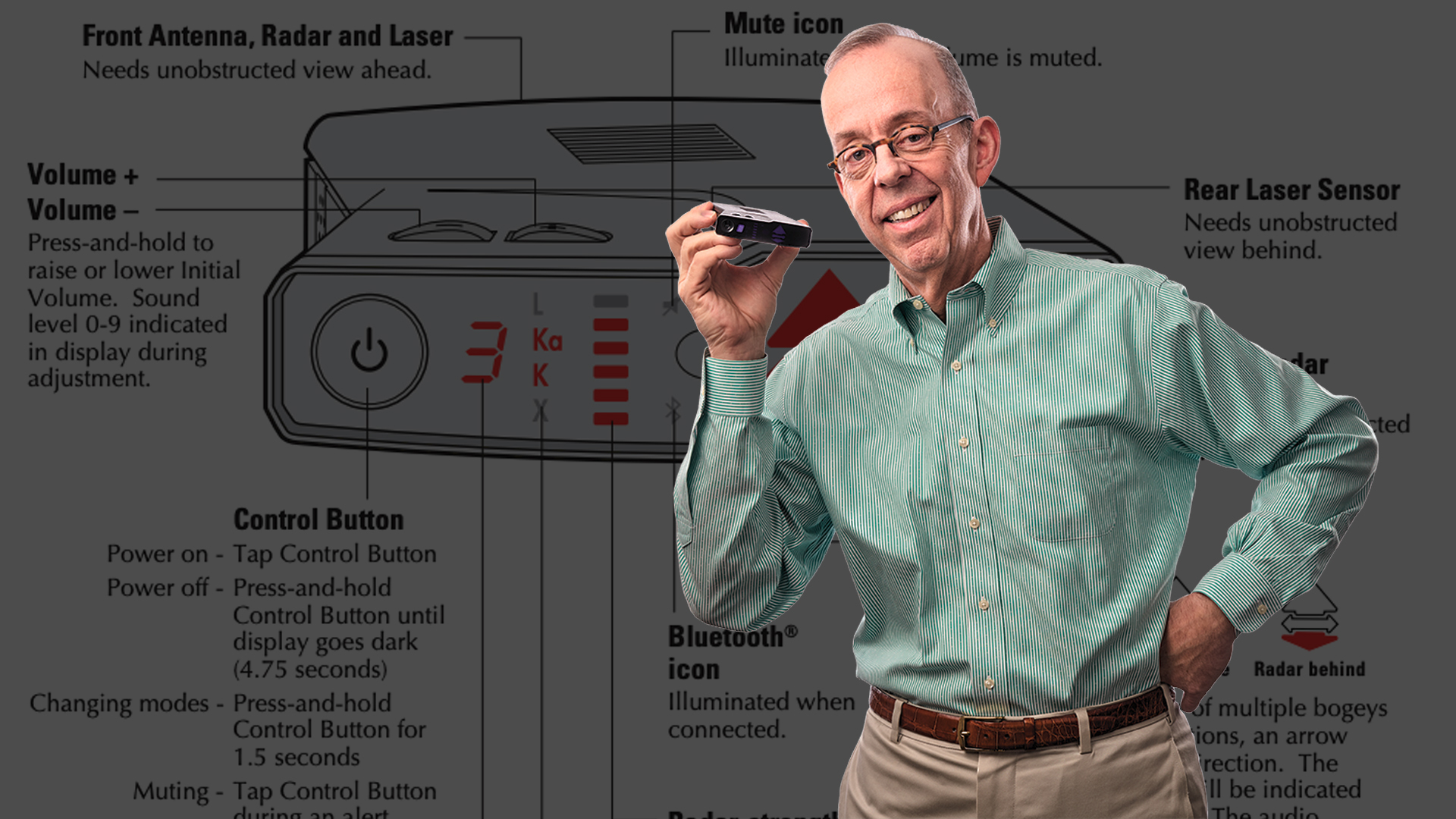

American inventor and radar detector pioneer Michael D. Valentine has died at the age of 74 at his home in Cincinnati, Ohio. He was the president of Valentine Research and one of the most influential designers of radar detector systems. The industry now mourns the loss of a legendary researcher who advanced the tech in those ubiquitous black boxes many of us have either owned or wanted to as lovers of fast cars.
Valentine passed away suddenly at his Cincinnati home, as his obituary reports. He is survived by his wife, children, grandchildren, and siblings. Prior to his tenure as president of Valentine Research, which he and his wife founded, Valentine was co-founder of Cincinnati Microwave, Inc., later known as the radar detector company, Escort. He struck out on his own in 1992 to perfect the technology he’d helped develop, yielding one of the best radar detectors on the market and its successor, the Valentine One Generation Two.

Many auto enthusiasts might recognize Valentine from full-page ads like this that regularly appeared in Road and Track magazine for the Valentine V1, back in the halcyon days of print media. Those ads for Valentine radars ran for years, maybe decades, which is the timeline that the electrical engineer took when updating the devices his company made. It only took 30 years for Valentine to release the updated version of his ground-breaking Valentine One radar.
Radar bands break down into three categories, as Valentine explains, these being microwaves on the X, K, and Ka bands. Each band came out in succession, introducing targeted detection to more accurately gauge a driver’s speed. Being the oldest, the X band is the widest, most unfocused, and easiest to detect. The K band narrowed down as the tech progressed, but it has become saturated with the ADAS systems in modern cars and the many signals these have introduced to airwaves on the road. The Ka band is the most efficient and focused, but its waves are weaker and harder to detect unless they’re pointed directly at your car.

This is where Valentine detectors excelled over rivals as the founder of the company kept up with the progress of the technology diligently. Valentine One radars are specially made to sort through bands efficiently and warn drivers when they’re possibly being targeted by police officers or automated traffic surveillance systems. Valentine devices also debuted an interface that was easier to read and provided better directional cues for drivers.
At one point along your car enthusiast journey, you may have wondered about the legality of radar detectors. Maybe you’ve even owned one or currently do, using it to, ahem, receive radio transmissions, which is a right granted by the Federal Communication Act of 1934. The legality of radar detectors in cars varies by state and city, but Valentine detectors are defined as radios by the FCC. They are strictly passive devices that alert people to radio wave surveillance they may be subject to, according to Valentine. Really, these devices are just out here catching waves.
So, boot up that Valentine One Gen 2, or old Escort, and go for a drive in honor of the inventor who popularized the loud beeps and lights of the radars so many of us have grown up around. A tech pioneer to the last, Valentine and his family have asked those honoring the late inventor to make donations to the American Radio Relay League instead of buying flowers. The ARRL is the biggest amateur radio operator association in the U.S., and a major non-profit advocating in the interest of ham radio hobbyists in the country.

Got tips? Send ’em to tips@thedrive.com